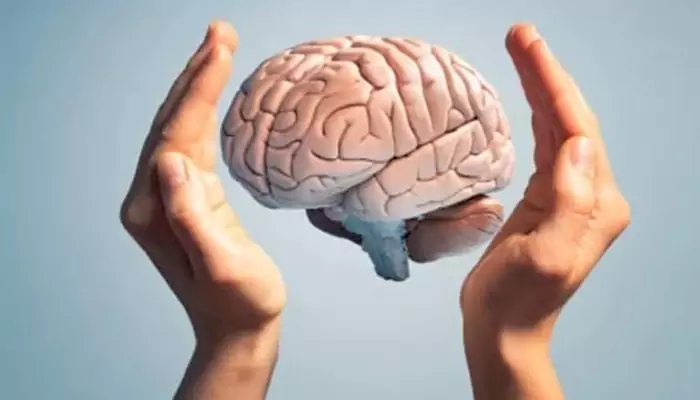
Here are today’s most important updates from the realm of Science and Space.
Astronomers have detected oxygen in JADES-GS-z14-0, the most distant galaxy ever observed existing just 300 million years after the Big Bang. Using ALMA observatory, researchers found that this ancient galaxy contains 10 times more heavy elements than expected, suggesting it matured shockingly fast compared to current models of galactic evolution. JADES-GS-z14-0 was discovered in 2024 by the James Webb Space Telescope (JWST). This project aims to provide vital insights into how stars, gas and black holes evolved within primordial galaxies when the 13.8 billion-year-old universe was very young. Meanwhile, the older a galaxy gets, the more its "maturity" can be measured based on the abundance of metals it holds.

Record greenhouse gas levels have brought temperatures to an all-time high in 2024, accelerating glacier and sea ice loss, raising sea levels and edging the world closer to a key warming threshold, the World Meteorological Organization (WMO) mentioned in its annual climate report. Annual average mean temperatures stood at 1.55 degrees Celsius (2.79 Fahrenheit) above pre-industrial levels last year, surpassing the previous 2023 record by 0.1C, the report mentioned. Extreme weather wreaked havoc across the globe, with droughts causing food shortages and floods and wildfires forcing the displacement of 800,000 people, the highest since records began in 2008. Ocean heat also reached its highest on record, with rising ocean CO2 concentrations also driving up acidification levels.

We learn so much during our first years of life, however we can't remember specific events from that time as adults. Our inability to remember specific events from the first few years of life is called "infantile amnesia.” Scientists have long believed we don't hold onto these experiences because the part of the brain responsible for saving memories -- the hippocampus -- is still developing well into adolescence and just can't encode memories in our earliest years. But new research finds new evidence. The pilot results showed that these memories might persist until preschool age before fading and it might be a retrieval problem. Now, the researchers are looking into what happens to those memories over time.

Researchers from Walter and Eliza Hall Institute (WEHI) have solved a decades-long mystery by determining the structure of human PINK1, a key protein linked to Parkinson’s disease. PINK1, a protein directly linked to Parkinson’s, the world’s fastest-growing neurodegenerative disease, was first discovered over 20 years ago. However, until now, its structure, how it attaches to damaged mitochondria, and the mechanism that activates it remained unknown. This discovery is a huge leap forward in the fight against Parkinson’s with the hope that it will accelerate the search for a drug to stop the condition. Parkinson’s disease is insidious, often taking years, sometimes decades to diagnose.